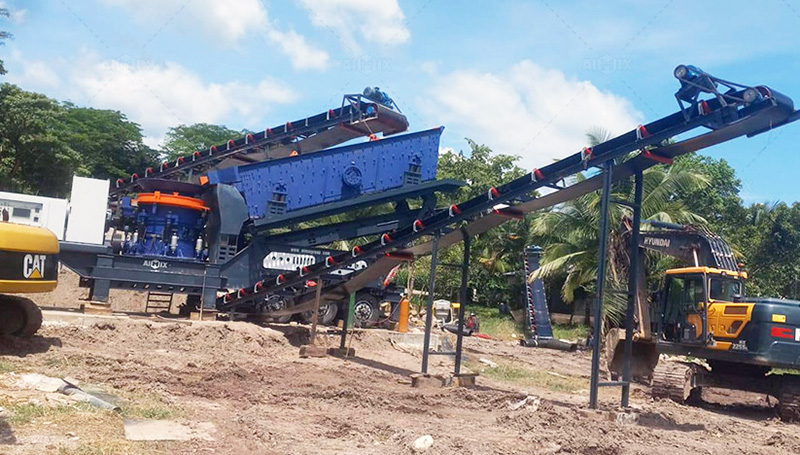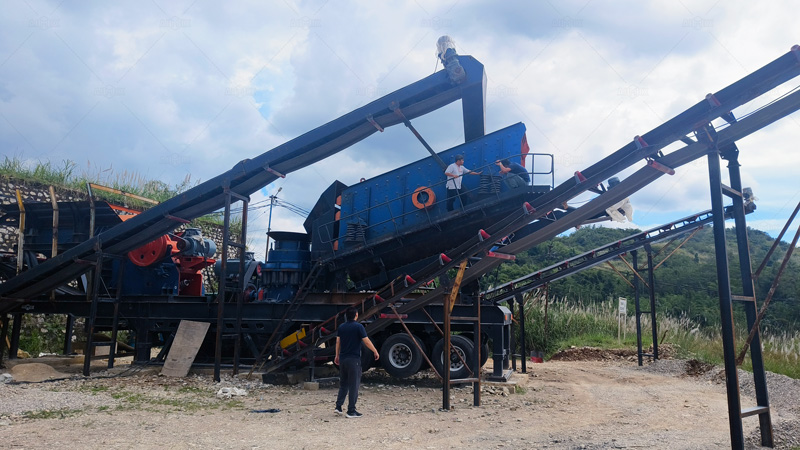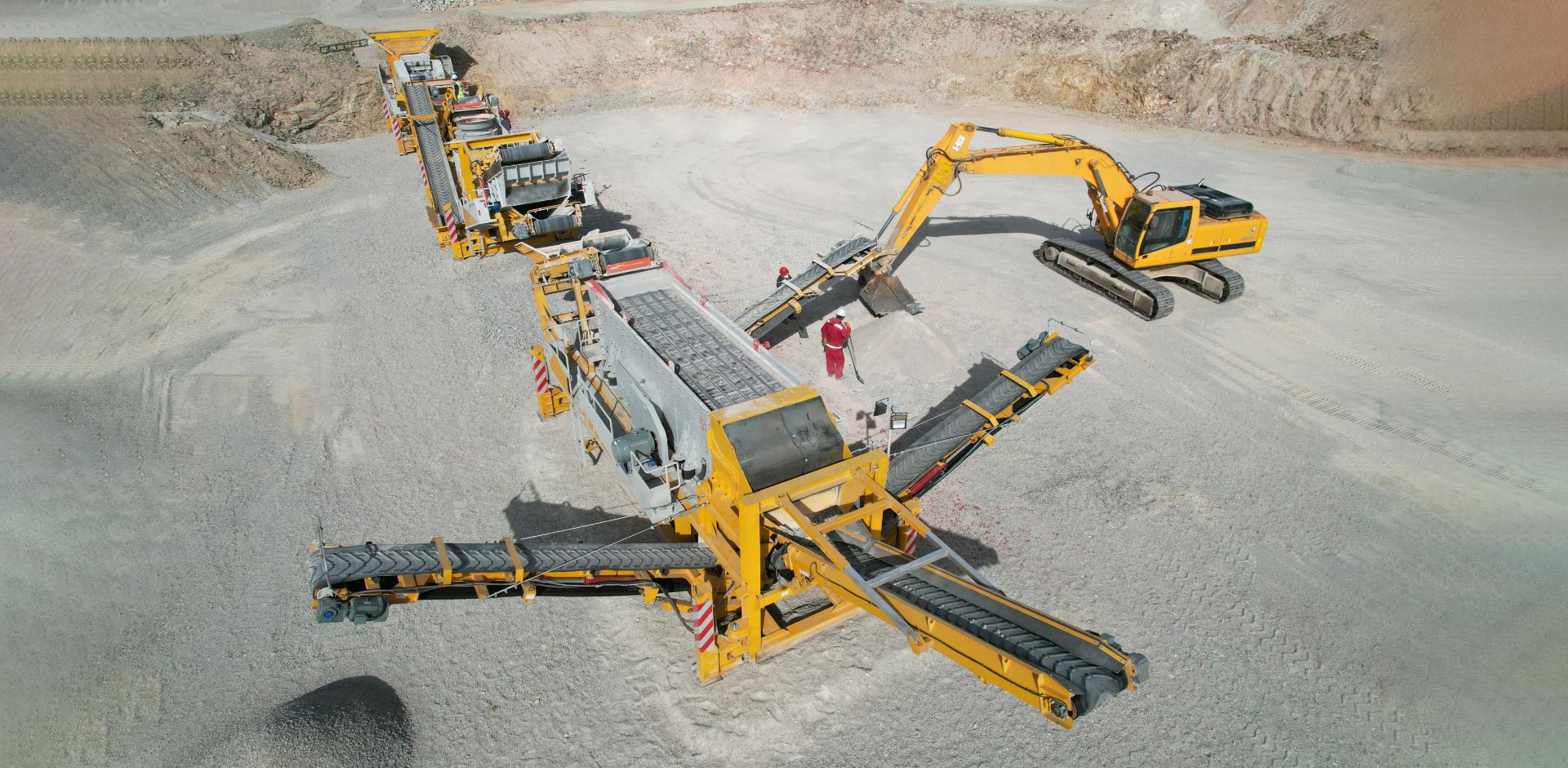Meeting the substantial daily production target of 2,000 tons of crushed granite requires carefully selected equipment configured for both high output and consistent quality. This production scale represents a significant operation that demands robust machinery capable of continuous heavy-duty performance while maintaining precise particle size control. The equipment selection process must consider the unique characteristics of granite – its hardness, abrasiveness, and typical feed size – while balancing capital investment against long-term operational costs.
Modern crushing technology offers several viable configurations for this production level, each with distinct advantages in terms of efficiency, product gradation control, and maintenance requirements. The total system cost extends beyond just the stone crushers themselves to include supporting equipment like feeders, screens, and conveyors that form a complete processing circuit. Understanding these variables helps quarry operators make informed decisions that maximize return on investment while meeting production targets reliably.

Primary Crushing Solutions for High-Volume Granite Processing
Jaw Crushers: The Foundation of Granite Reduction
For primary crushing at this scale, large-capacity jaw crushers with feed openings of 60″ or more typically form the first stage. These rugged machines handle the initial size reduction of blasted granite down to 6-8″ pieces. Modern designs incorporate hydraulic adjustment systems that allow quick changes to the closed-side setting while under load, minimizing downtime. Advanced jaw crusher mobile models feature steep nip angles optimized for hard stone, significantly improving wear life compared to standard configurations.
Gyratory Crushers: Alternative for Larger Feed Sizes
When processing exceptionally large granite blocks from the quarry face, primary gyratory crushers offer distinct advantages. Their continuous crushing action and higher throughput capacity make them ideal for operations receiving oversized feed material. Recent innovations in concave and mantle designs have extended wear parts life in granite applications by 30-40%, dramatically reducing operating costs. The trade-off comes in higher initial capital expenditure and greater installation complexity.

Secondary and Tertiary Crushing Configurations
Cone Crushers: Precision Reduction for Quality Aggregate
The secondary stage typically employs high-performance cone crushers specifically engineered for granite processing. These units reduce material to between 1″ and 3″ while producing well-shaped particles crucial for premium aggregate applications. Modern cone crushers feature advanced chamber designs that optimize the interparticle crushing action, reducing recirculation load and improving energy efficiency. Automatic setting regulation systems maintain consistent output quality as wear progresses.
Vertical Shaft Impactors: For Specialty Products
When producing manufactured sand or cubical aggregate for high-value applications, tertiary VSI crushers complete the crushing circuit. Their high-speed rotor action fractures granite along natural cleavage planes, creating superior particle shapes. Recent models incorporate cascading material flow patterns that increase production capacity while reducing wear part consumption. Some operations use them in closed circuit with air classifiers to produce precisely graded sand products.
System Costs and Operational Considerations
Complete Plant Investment Range
A turnkey 2,000 tpd granite crushing plant typically represents a $2.5 to $5 million capital investment, depending on configuration and automation level. Primary crushers account for 25-35% of this total, with secondary/tertiary units comprising another 30-40%. The balance covers screening equipment, conveyors, dust control systems, and electrical infrastructure. Higher automation levels increase initial cost but typically show payback within 18-24 months through labor savings and improved uptime.
Operating Cost Breakdown
Daily operating expenses for a plant of this scale typically range $8,000 to $12,000, with wear parts being the largest variable. Granite’s abrasiveness results in higher consumable costs than softer stone – approximately $0.25 to $0.40 per ton produced. Energy costs account for 30-35% of operating expenses, making granite crusher machine selection based on kWh/ton efficiency crucial. Labor requirements vary from 4-8 personnel per shift depending on automation level.
Optimizing the Complete Production System
Beyond individual machine selection, achieving consistent 2,000 tpd output requires careful system integration. Properly sized surge piles between crushing stages buffer production fluctuations, while automated control systems optimize choke-fed operation. Many successful operations implement condition monitoring systems that predict wear part replacement timing, preventing unplanned downtime. The most cost-effective plants balance initial capital expenditure with long-term operating costs to deliver optimal lifetime economics for granite processing at this scale.
